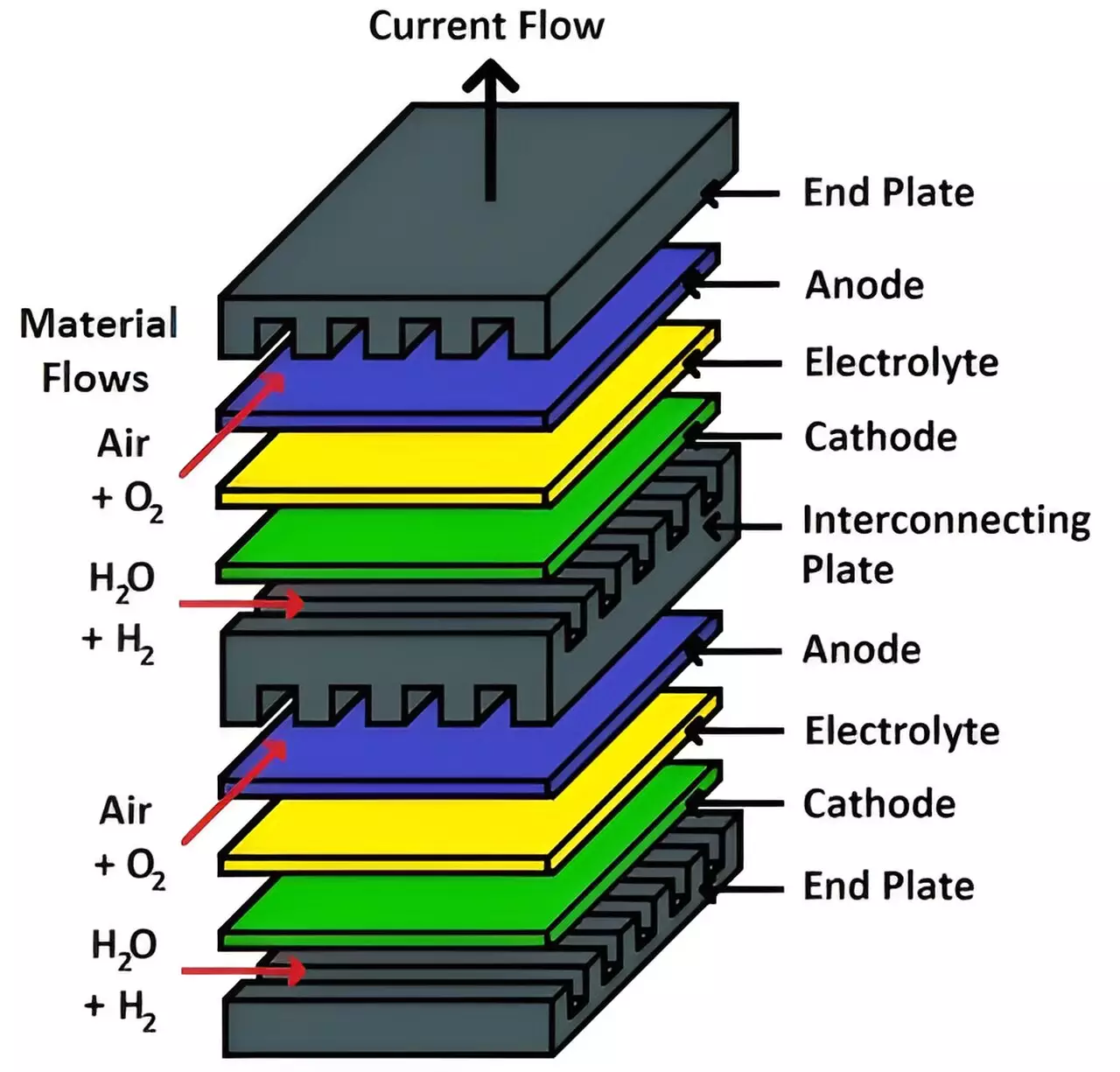The landscape of energy production is on the brink of significant transformation as we pivot toward sustainable solutions. Current infrastructures heavily rely on fossil fuels, but studies indicate a promising transition enabled by innovative hydrogen production technologies. Recent research conducted by the National Nuclear Laboratory (NNL) sheds light on the potential of leveraging nuclear power for hydrogen production, an essential step in the United Kingdom’s journey to achieve net-zero emissions by 2050. By coupling nuclear energy with advanced hydrogen generation methods, we may discover not only economic viability but also a pathway toward cleaner energy sources.
Central to the NNL’s research is the development of a groundbreaking model that intricately links nuclear power with various hydrogen-production technologies. The significance of this coupling cannot be overstated, as it provides critical insights into the techno-economic performance of these systems. Mark Bankhead, a key figure in the study, emphasizes that hydrogen is foundational to achieving a decarbonized future. For the first phase of this modeling, researchers assessed the physical and chemical processes inherent to different hydrogen technologies, generating a new metric to gauge their efficiency. This efficiency is measured in terms of hydrogen yield relative to energy input, setting the stage for a financial analysis.
To expand upon this initial framework, the second phase integrated an economic dimension. This advancement enabled researchers to calculate the potential market price for hydrogen. Kate Taylor, an NNL process modeler, elaborates on the complexities involved, balancing the costs of setting up and operating hydrogen plants with the necessary energy inputs. Given the anticipated advancements in hydrogen technology over the coming years, the economic prospects of nuclear-enabled hydrogen production appear promising.
The NNL researchers specifically explored two main processes: high temperature steam electrolysis and thermochemical cycles. The former is notable for demanding both heat and electricity, while the latter primarily utilizes heat. When analyzing these methods alongside a high-temperature gas reactor, the model generated intriguing cost estimates. The calculations indicate that high temperature steam electrolysis presents an economically viable option, ranging from £1.24 to £2.14 per kilogram of hydrogen. In contrast, the thermochemical cycle shows a broader price range from £0.89 to £2.88 per kilogram, reflecting its developmental stage.
The researchers note that steam electrolysis, being a more established technology, tends to exhibit less variability in cost estimates and presents a quicker deployment timeline than thermochemical cycles. Given these findings, it’s evident that when juxtaposed against other low-carbon energy generation technologies, nuclear solutions stand competitive, paving the way for a shift in energy policy and investment.
While the prospects for nuclear-enhanced hydrogen production are encouraging, challenges remain. Christopher Connolly, the lead author of the study, raises important considerations around the kinetic properties of molecules in advanced material scenarios. He acknowledges that reliable data on such properties can be elusive, necessitating thorough modeling of processes like water splitting. For instance, high temperature steam electrolysis relies on solid oxide electrolytes, typically composed of yttria-stabilized zirconia. Any variations in material quality directly impact the effectiveness of the electrolysis process, thereby influencing overall efficiency.
Moreover, simply relying on nuclear energy for hydrogen production presents additional benefits beyond mere cost-effectiveness. The capacity to produce large quantities of hydrogen, flexibility in location, and scalability are significant advantages. The steady and predictable output from nuclear power further eliminates concerns over the intermittent nature of other renewable sources, thus reducing the need for extensive hydrogen storage solutions.
As technological development continues to progress, the realization of a hydrogen economy powered by nuclear energy appears increasingly attainable. Plans are already underway for a demonstrator high-temperature gas reactor in the UK by the 2030s, positioning the country at the forefront of this potential energy revolution. In the interim, existing nuclear technologies can be effectively paired with hydrogen production facilities to help the UK meet its ambitious net-zero targets.
The ongoing research by the NNL illuminates a pathway toward a sustainable energy future that leverages the strengths of both nuclear power and hydrogen production technologies. This multifaceted approach not only offers economic viability but also paves the way for innovative solutions to the pressing challenges of climate change. As countries worldwide seek to transition toward greener energy systems, the findings of this research herald a promising new chapter in the energy sector.

